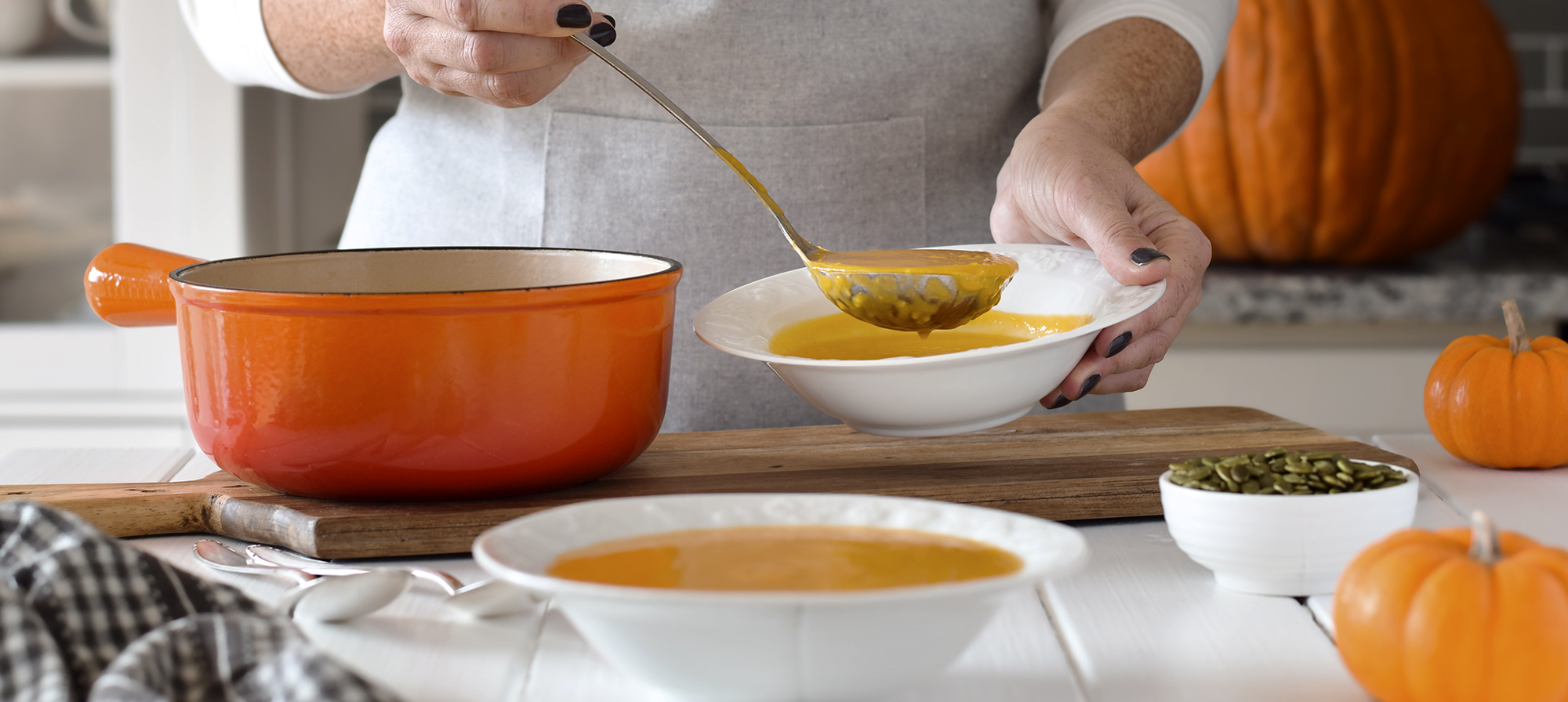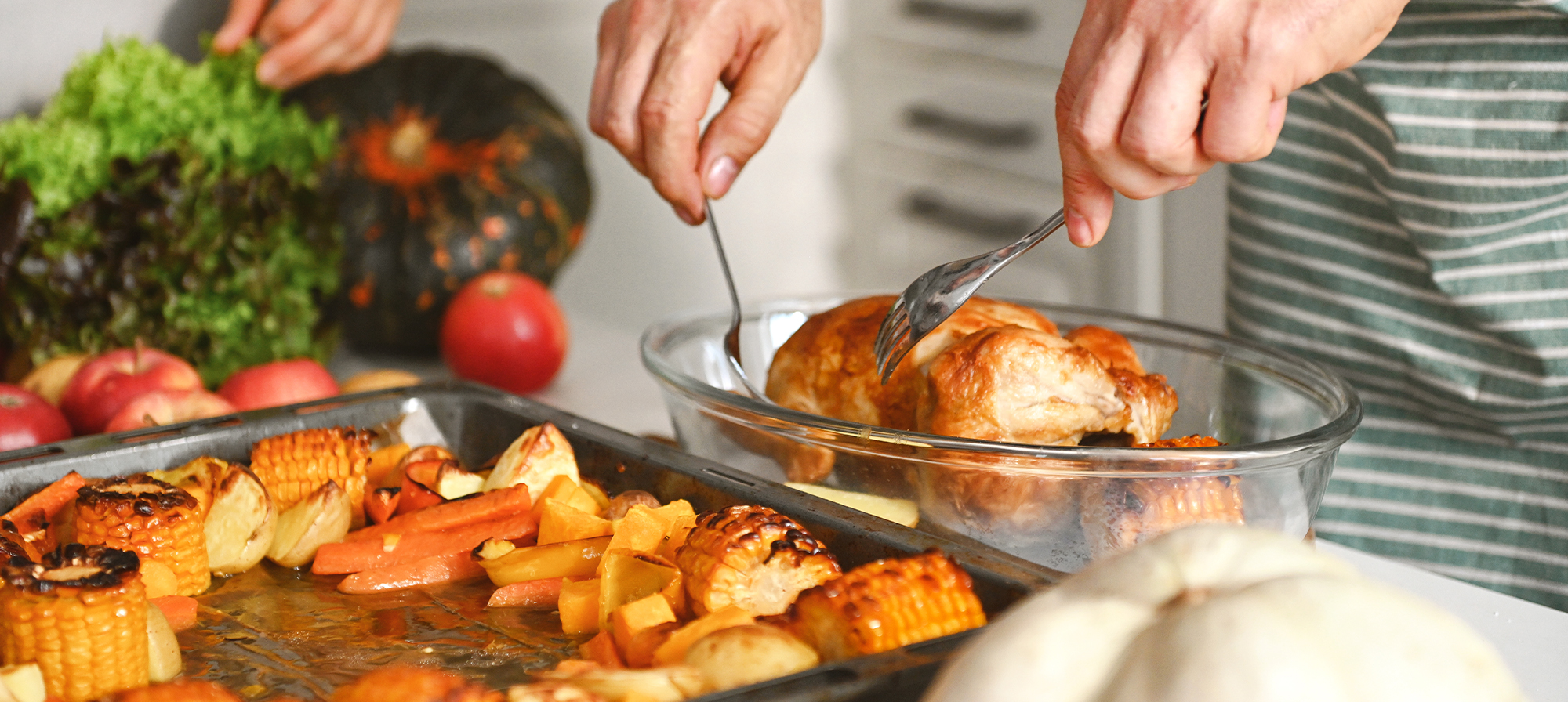You don’t have to settle for sugary popsicles and cold sodas to cool you down when it’s hot out. Keep these inspiring ideas in mind for refreshing, healthy treats and snacks this summer.
When those scorching hot days start to kick up in the summer months, there’s nothing better than indulging in a cool, refreshing treat. Unfortunately, you may have to search high and low in the freezer section at the grocery store for anything other than ice cream or sugary popsicles, which are not exactly healthy choices. But with a bit of planning, you can enjoy refreshing, healthy snacks and drinks all summer long.
Choosing healthy and tasty snacks and drinks on hot days
Snacking is a great way to keep your energy levels up and curb your hunger between meals. But not all snacks and drinks are created equal. Far too many are high in fat, sugar, and salt. These kinds of snacks can wind up making you feel thirstier and more sluggish. Packaged, ultra-processed snacks tend to be the worst offenders.
Instead, opt for snacks with high water content and plenty of fiber and protein. Eating a variety of healthy snacks and drinks is an easy way to boost your intake of fresh fruits and veggies.
Here are a few simple ideas to get you on your way to healthier eats and treats this summer:

Summer salads and appetizers
Crisp, hydrating root veggie and lettuce salad. Whip up a tasty salad with in-season summer veggies tossed with a citrus or ginger dressing. Fill it full of crispy, water-packed veggies like jicama, radishes, romaine and iceberg lettuce, cucumber, and tomatoes. This colorful blend of fresh veggies and citrus is loaded with vitamins.

Hummus and sliced veggies. This popular Middle Eastern spread is yummy, nutritious, and a great summer snack—especially when you’re dipping fresh bell peppers, carrots, snap peas, or any other veggies in it. Hummus is a healthy addition to your food plan and a good source of protein, manganese, copper, folate, and iron. Plus, its fiber content can help with digestive health.
While hummus may seem a little exotic, it’s in fact fairly simple to whip up a batch at home if you’re looking to save a few bucks. Your basic variety of hummus is made by blending together a can of chickpeas (aka garbanzo beans), tahini (ground sesame seeds), olive oil, lemon juice, and garlic in a food processor. But you can find dozens of other varieties in the supermarket. Just be sure to read the ingredient list to steer clear of artificial additives and preservatives.

White bean salad. Toss white navy beans with pre-cut veggies like cucumber, tomatoes, and bell peppers in a salad, then top with an olive oil vinaigrette. White beans are a nutritional powerhouse. They’re packed with fiber and protein and are a rich source of many vitamins and nutrients. Mixed with other veggies, this is one nutritionally power-packed lunch.

Greek salad. If bean salad isn’t to your taste, try a Greek salad instead. The crisp combo of fresh romaine, red onions, ripe red tomatoes, crunchy cucumbers, kalamata olives, and a sprinkle of feta cheese makes it a perfect summer salad. Don’t forget to top it with a traditional zesty dressing of red wine vinegar, olive oil, a little garlic, and Dijon mustard. The fresh veggies and olive oil in this salad make it a perfect meal if you’re following the Mediterranean Diet.

Tasty treats
Frozen fruit pops. Popsicles are an icy, refreshing treat. And they can be a great way to help you stay hydrated too. But most store-bought popsicles are loaded with added sugars. So why not make your own and pack them with nutrient-rich foods?
Dice strawberries, watermelon, cantaloupe and add blueberries. Mix the fruit in a blender with water. Add a splash of fruit juice. Blend and pour into popsicle molds (or an ice tray) and place in the freezer. Wait an hour then put a craft stick in the core of each one and freeze the popsicles until fully solid.
You can also switch it up by using other fruit mixes, such as peach and raspberry, mango and coconut, or watermelon and lime. For a creamy popsicle, try blending the fruit with almond or coconut milk.

Fruit smoothies. Break out your blender and add a cup of orange or pineapple juice with a cup of your favorite frozen fruit. Strawberries, raspberries, mango, pineapple, kiwifruit—you name it, it’ll work. Add a banana to help thicken it up. If you favor a creamier smoothie, try adding a scoop of Greek yogurt. Tweak the ingredients until you’ve found a consistency you like.
To give your smoothie a nutritional boost, add a handful of fresh kale or spinach to the blender. Dark, leafy greens like these boast a great amount of vitamins C and K, along with calcium and folate.

Cool drinks
Sparkling beverages. Ditch the sugary sodas for fizzy, fruit-infused sparkling drinks. Simply add sliced fruit like watermelon, strawberries, or cucumber and/or a splash of fruit juice to sparkling water. Try other tasty mixtures like lemon with mint, strawberry with basil, or cucumber with lime. Sparkling beverages are refreshing and hydrating and need no added sugars.

Iced tea. Iced tea is a great beverage any time of year, but it’s especially suited for summertime. Brew a pitcher of green or black tea and sweeten it with fresh pomegranate, blueberry, or peach juice instead of sugar. Tea is rich in antioxidants that can protect your cells from damage and inflammation, as well as boost your metabolism.

Avoid dehydration
As well as being unhealthy for your body, salty and sugary snacks also won’t help you stay hydrated as it gets hotter in the summer months. When the temperature rises, your body loses more water through sweating and breathing. This can lead to dehydration, which can cause headaches, fatigue, and even heat stroke.
If you have a chronic health condition and/or are on certain prescription medications, talk to your pharmacist about the risks for dehydration with any of your medications. This is just one more reason why it’s so vital to drink more fluids than usual, especially as it gets hotter outside.
So, this summer, keep your cool and stock your fridge with some of these tempting selections of refreshing snacks and drinks that aren’t overloaded with added sugars and ultra-processed ingredients.
Not only can it help you stay hydrated in warm months, it will also help keep your healthy eating plan on track.
Not a Silver&Fit® member? Learn more about everything the program has to offer, including more helpful healthy living tips like this, here on our website.
This information is not intended to take the place of regular medical care or advice. Please check with your doctor before using this information or beginning any self-care program. Images used for this article do not depict any members of the Silver&Fit program.
References
Chu, C., Deng, J., Man, Y., & Qu, Y. (2017). Green tea extracts epigallocatechin-3-gallate for different treatments. BioMed research international, 2017, 5615647. https://doi.org/10.1155/2017/5615647
Collin, L. J., Judd, S., Safford, M., Vaccarino, V., & Welsh, J. A. (2019). Association of sugary beverage consumption with mortality risk in US adults: A secondary analysis of data from the REGARDS study. JAMA Network Open, 2(5), e193121. https://doi.org/10.1001/jamanetworkopen.2019.3121
Frangeskou, M., Lopez-Valcarcel, B., & Serra-Majem, L. (2015). Dehydration in the elderly: A review focused on economic burden. The Journal of nutrition, health and aging, 19(6), 619-27. https://doi.org/10.1007/s12603-015-0491-2
Li, S., Xiao, X., & Zhang, X. (2023). Hydration status in older adults: Current knowledge and future challenges. Nutrients, 15(11), 2609. https://doi.org/10.3390/nu15112609
Puga, A. M., Lopez-Oliva, S., Trives, C., Partearroyo, T., & Varela-Moreiras, G. (2019). Effects of drugs and excipients on hydration status. Nutrients, 11(3), 669. https://doi.org/10.3390/nu11030669
Rasheed Z. (2019). Molecular evidences of health benefits of drinking black tea. International Journal of Health Sciences, 13(3), 1–3. https://www.ncbi.nlm.nih.gov/pmc/articles/PMC6512146/
USDA. (2023, October 26). Beans, navy, canned, sodium added, drained and rinsed. https://fdc.nal.usda.gov/fdc-app.html#/food-details/2644286/nutrients
USDA. (2023, October 26). Chickpeas (garbanzo beans, bengal gram), canned, sodium added, drained and rinsed. https://fdc.nal.usda.gov/fdc-app.html#/food-details/2644288/nutrients
USDA. (2019, April 1). Hummus, commercial. https://fdc.nal.usda.gov/fdc-app.html#/food-details/174289/nutrients
USDA. (2019, April 1). Kale, raw. https://fdc.nal.usda.gov/fdc-app.html#/food-details/323505/nutrients
USDA. (2019, April 1). Spinach, raw. https://fdc.nal.usda.gov/fdc-app.html#/food-details/168462/nutrients
Webb, D. (2013, October). Snacking benefits. Today’s Dietitian. http://www.todaysdietitian.com/newarchives/100713p44.shtml
This article was written by Jason Nielsen, edited by Stephanie Ruiz and clinically reviewed by Elizabeth Thompson, MPH, RDN, on June 21, 2024.





